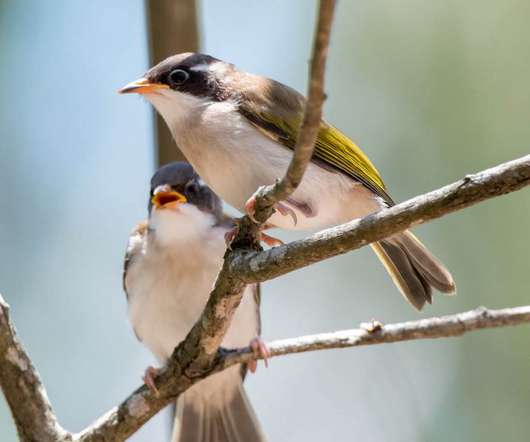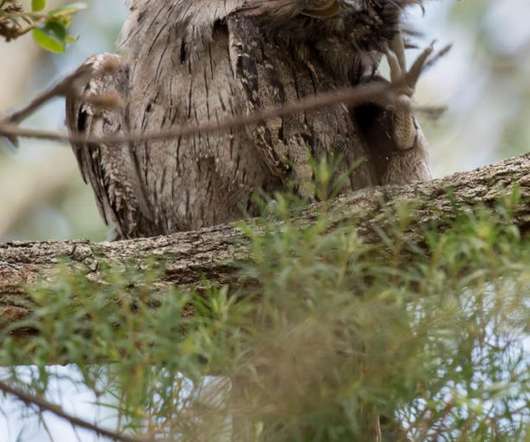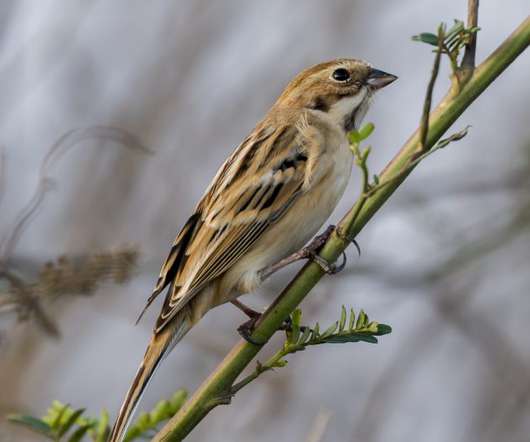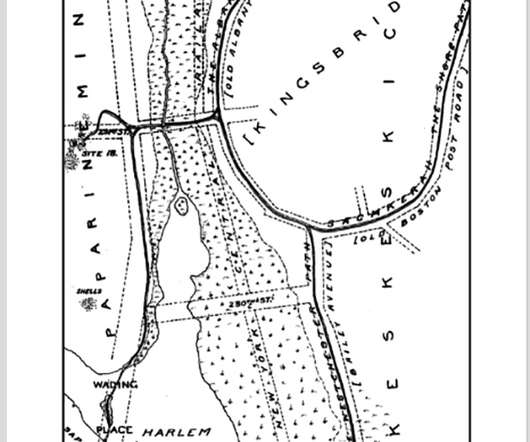Africa’s endangered species
10,000 Birds
JULY 10, 2012
More than 150 bird species are known to have become extinct over the past 500 years, and many more are estimated to have been driven to extinction before they became known to science. The Gray Crowned-Crane is a new addition to the list of the world’s Endangered species, creeping up a category from Vulnerable.













Let's personalize your content